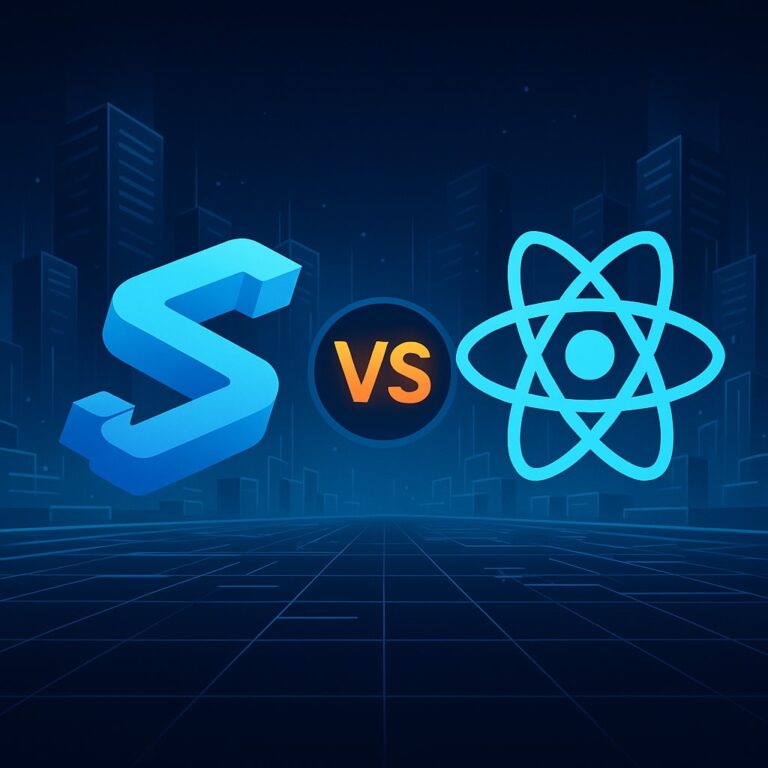ReactJS, renowned for its flexibility and performance, powers numerous enterprise-level applications. To ensure scalability, maintainability, and consistency in large-scale projects, adopting robust coding standards becomes imperative.
Let’s delve into the fundamental coding standards that shape enterprise-level ReactJS applications:
1. Project Structure and Architecture:
- Modularity: Structure the codebase into modular components for easy maintenance and scaling.
- Folder Organization: Employ a clear and intuitive folder structure (e.g., components/, containers/, utils/) for seamless navigation.
- Layer Separation: Maintain a distinct separation between UI components, business logic, and data layers.
2. Component Development:
- Reusability: Foster reusable components to enhance consistency and streamline development.
- Naming Convention: Enforce a consistent naming convention (e.g., PascalCase for components) for improved readability.
- Functional Components: Promote the use of functional components with hooks for simplicity and manageability.
3. Code Formatting and Styling:
- Automated Formatting: Utilize tools like Prettier to enforce consistent code formatting across the codebase.
- Coding Style Guide: Adopt a standardized coding style guide (e.g., Airbnb, Google) to maintain code uniformity.
4. State Management:
- State Libraries: Embrace state management libraries such as Redux or Context API for centralized state handling.
- Immutability: Encourage immutability to prevent unintended side effects when manipulating state.
5. Error Handling:
- Error Boundaries: Implement error boundaries to gracefully handle errors within component trees.
- Logging Mechanism: Establish a robust error logging system to facilitate effective debugging.
6. Performance Optimization:
- Component Optimization: Optimize component render methods to minimize unnecessary re-renders and improve performance.
- Code Splitting: Implement code splitting to reduce initial load times by breaking down large bundles.
7. Testing and Quality Assurance:
- Comprehensive Testing: Develop extensive test suites (unit, integration, end-to-end) using frameworks like Jest or React Testing Library.
- Code Reviews: Conduct rigorous code reviews to ensure adherence to coding standards and best practices.
8. Accessibility and Internationalization:
- Accessibility Compliance: Ensure adherence to accessibility standards (e.g., WCAG) for an inclusive user experience.
- Internationalization (i18n): Implement robust internationalization support for multilingual applications.
9. Security Best Practices:
- Data Security: Follow stringent security measures for handling sensitive data and mitigating potential vulnerabilities.
- Third-Party Libraries: Regularly update and review third-party libraries to address security vulnerabilities.
10. Documentation:
- Descriptive Comments: Incorporate meaningful comments to elucidate complex logic or functionalities.
- Readme and Inline Docs: Maintain comprehensive README files and inline documentation for seamless onboarding and comprehension.
11. Version Control and Deployment:
- Git Workflow: Adhere to a standardized Git workflow (e.g., GitFlow) for streamlined version control and collaboration.
- CI/CD Implementation: Implement continuous integration and deployment pipelines for automated testing and deployment processes.
Embracing these enterprise-level coding standards empowers development teams to build robust, scalable, and maintainable ReactJS applications. Customizing these standards to align with project-specific needs is pivotal for achieving optimal results and fostering a collaborative and efficient development environment.











